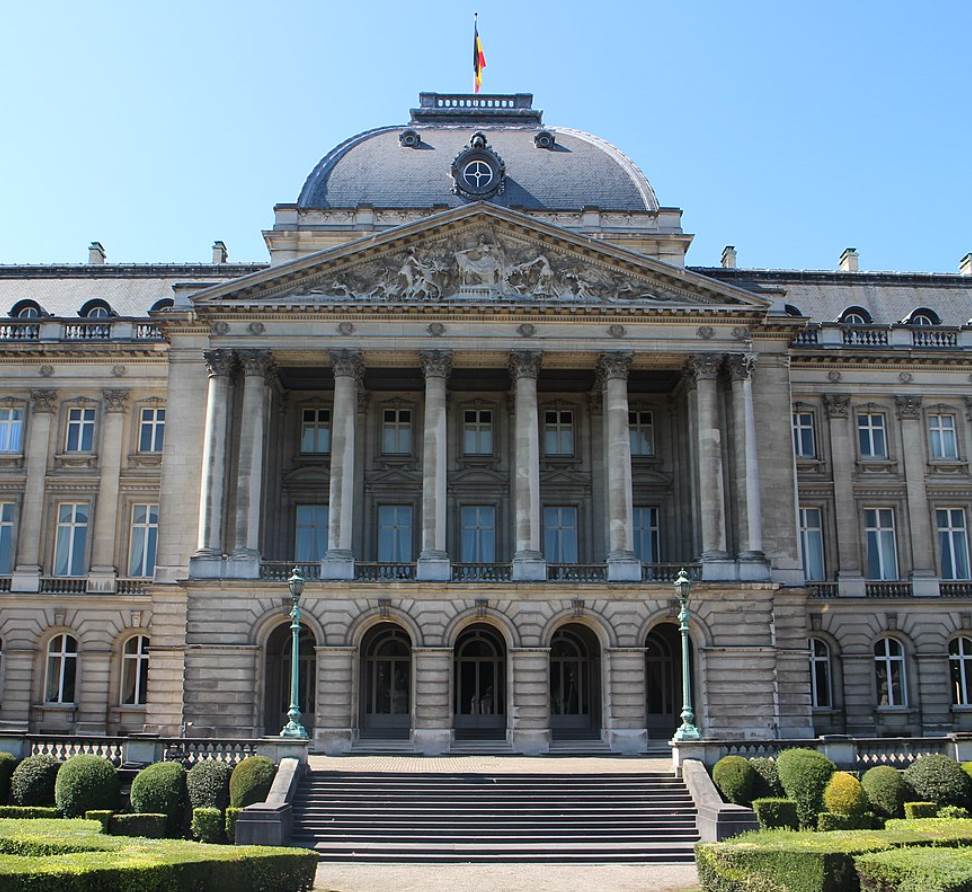Right in the heart of the capital of Belgium, you can find one of the city’s most remarkable buildings. This amazing structure has an extensive history and is one of the most popular landmarks in Brussels.
In this article, you’ll discover some of the most interesting facts about the Royal Palace of Brussels, one of the greatest palaces in the world.
1. It faces the largest urban park in the heart of Brussels
The Royal Palace of Brussels is a large building in the heart of Brussels that faces the Parc de Bruxelles or “Brussels Park.” In between this park and the palace, there’s a large square called the “Place des Palais” or “Paleizenplein.”
The park was originally referred to as the “Palace Park” and the name of the square translates to “Palace Square.”
This is really near the historic heart of the city and just a few hundred meters to the southeast of Grand Place, one of the most amazing squares in Europe.
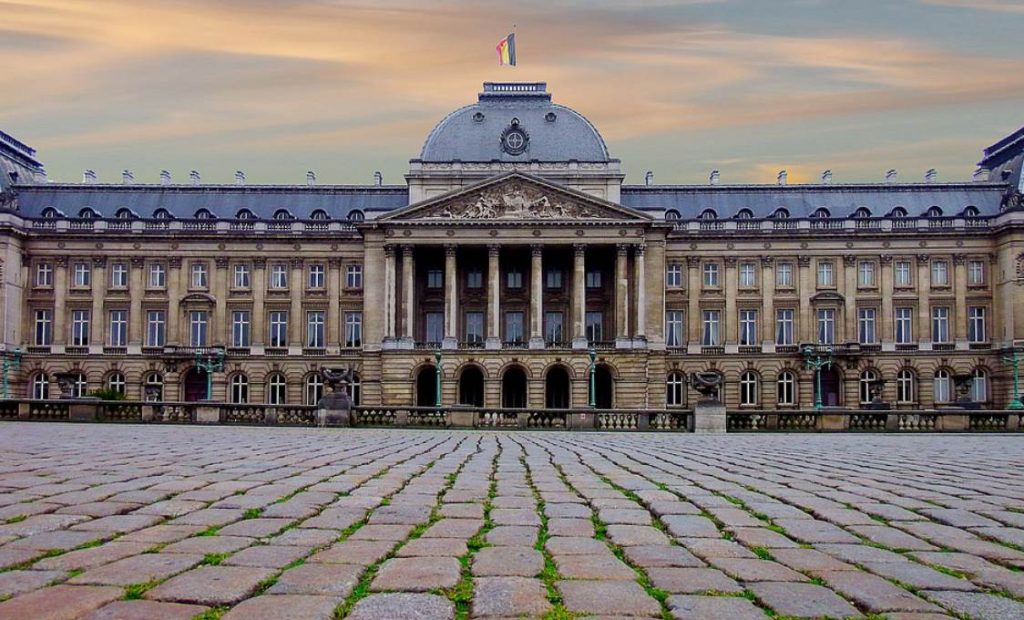
Other famous landmarks in the area are the “Mont des Arts” or “Kunstberg,” an elevated area full of museums, and the Royal Gallery of Saint Hubert, a fascinating 19th-century shopping arcade.
2. The grounds were once occupied by a huge medieval castle
The location of Palace Square in front of the Royal Palace of Brussels was once occupied by an enormous medieval castle referred to as the “Palace of Coudenberg.”
This palace served as the official residence of the people in power in the area, including counts, dukes, archdukes, kings, emperors, and governors.
Coudenberg was originally constructed in the 11th century and expanded several ties throughout its history. It was eventually demolished in the late 18th century after most of the buildings were destroyed by a fire in 1731.
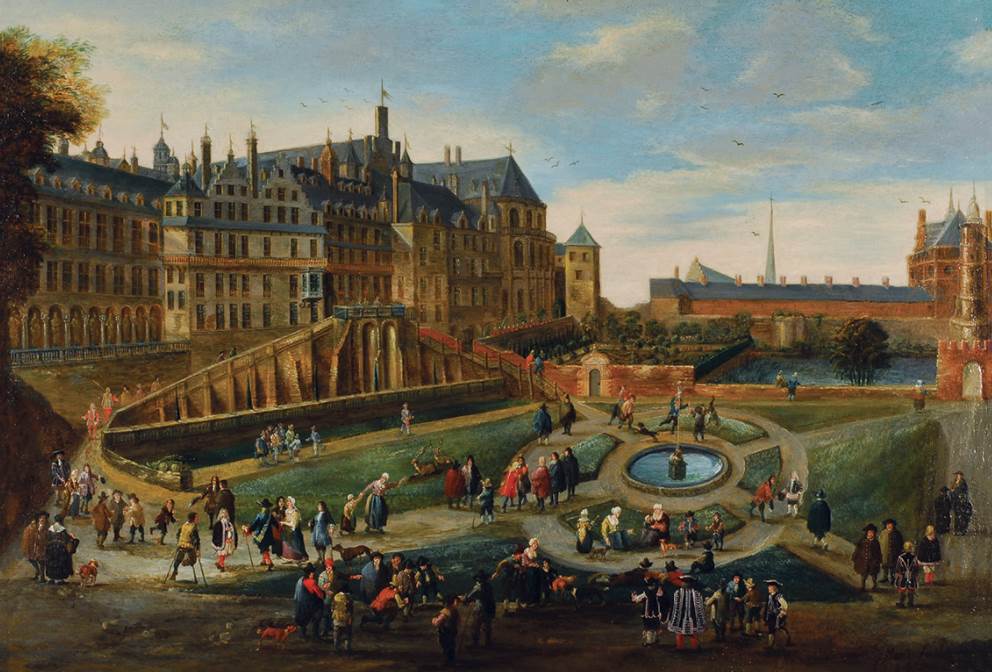
3. The modern-day palace originally consisted of 2 large mansions
One of the most remarkable facts about the Royal Palace of Brussels is that it originally wasn’t constructed to become a palace. The current version of the palace was built in the late 18th century as 2 separate mansions.
One of these mansions served as the residence of the Abbot of the nearby Coudenberg Abbey, and the other was occupied by important government workers.
These mansions were eventually joined together by a gallery during the reign of William I of the Netherlands. This was in the period that modern-day Belgium, which was established in 1830, was still part of the newly established United Kingdom of the Netherlands.
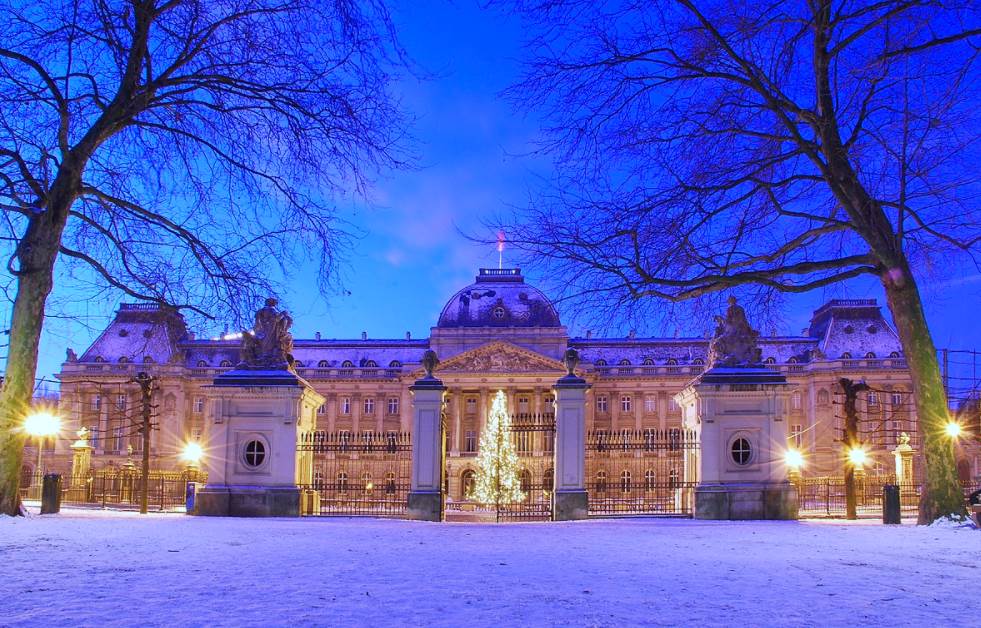
4. It was nearly doubled in size during the reign of King Leopold II
The palace was a rather humble building when King Leopold II of Belgium ascended to the throne, at least for his standards. He reigned between 1865 and 1909 and doubled the size of the palace during this period.
The most notable additions were opulent features and rooms such as the Grand Staircase, the Throne Room, and the Grand Gallery. The new façade of the building was one of the final major additions and was only completed in 1904. The palace was fully completed in 1934.
The building has a length of 113 meters (371 feet) and a width of 77 meters (253 feet). The palace features a floor area of 33,027 square meters (355,500 square feet).
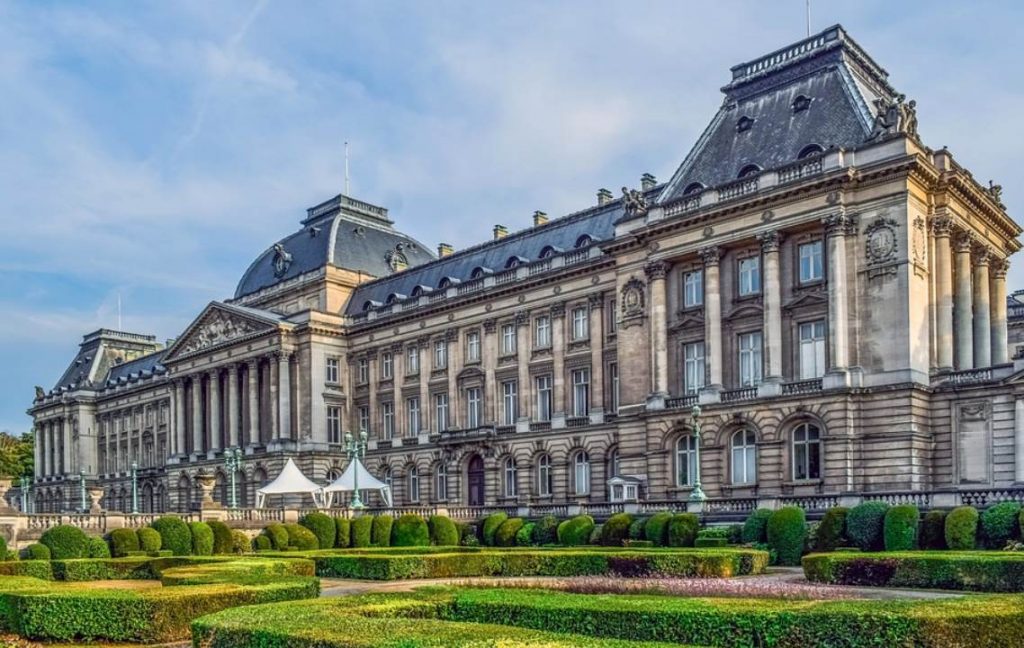
5. The palace is mainly used for handling important state affairs
One of the most intriguing facts about the Royal Palace of Brussels is that it’s the official palace of the Kings of the Belgians, but not the official residence of the royal family.
They live at yet another palace in Brussels called the Royal Palace of Laeken, a reference to the northern suburb of the city where this palace is located.
So what is the purpose of the Royal Palace of Brussels? The official explanation sounds as follows:
The Palace is where His Majesty the King exercises his prerogatives as Head of State, grants audiences, and deals with affairs of state. The Palace also includes the State Rooms where large receptions are held, as well as the apartments provided for foreign Heads of State during official visits.
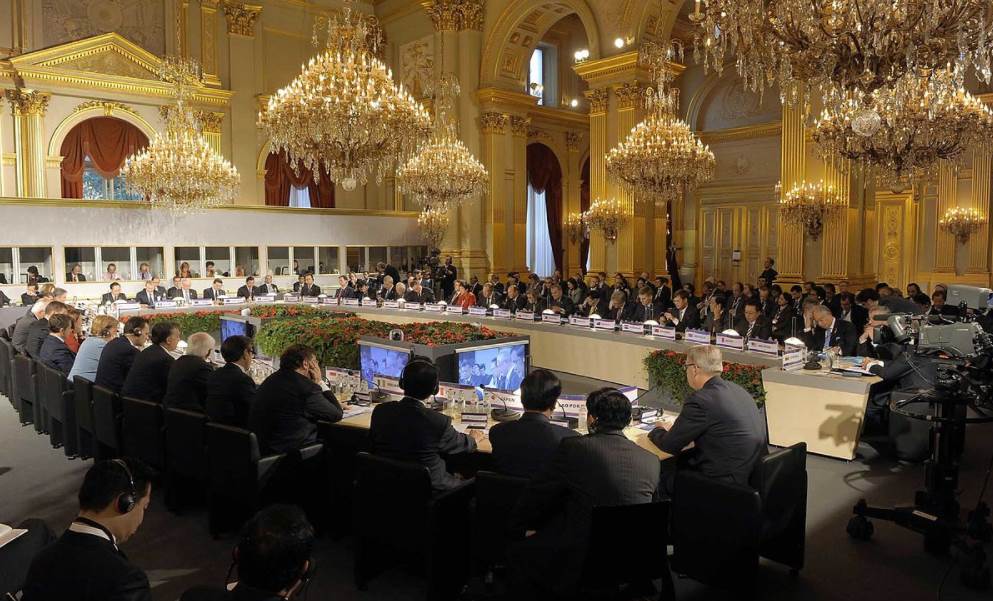
More interesting facts about the Royal Palace of Brussels
6. On the opposite end of Brussels Park you can find the Belgian Federal Parliament building, also referred to as the “Palace of the Nation.”
These two buildings facing each other in the heart of Belgium’s capital are sometimes referred to as a symbol of the country’s government system which is a Constitutional Monarchy.
7. The fire of 1731 that destroyed the Palace of Coudenberg wasn’t the only fire the building suffered. A devastating fire in 1679 demolished large parts of the roof but the structure was renovated shortly after.
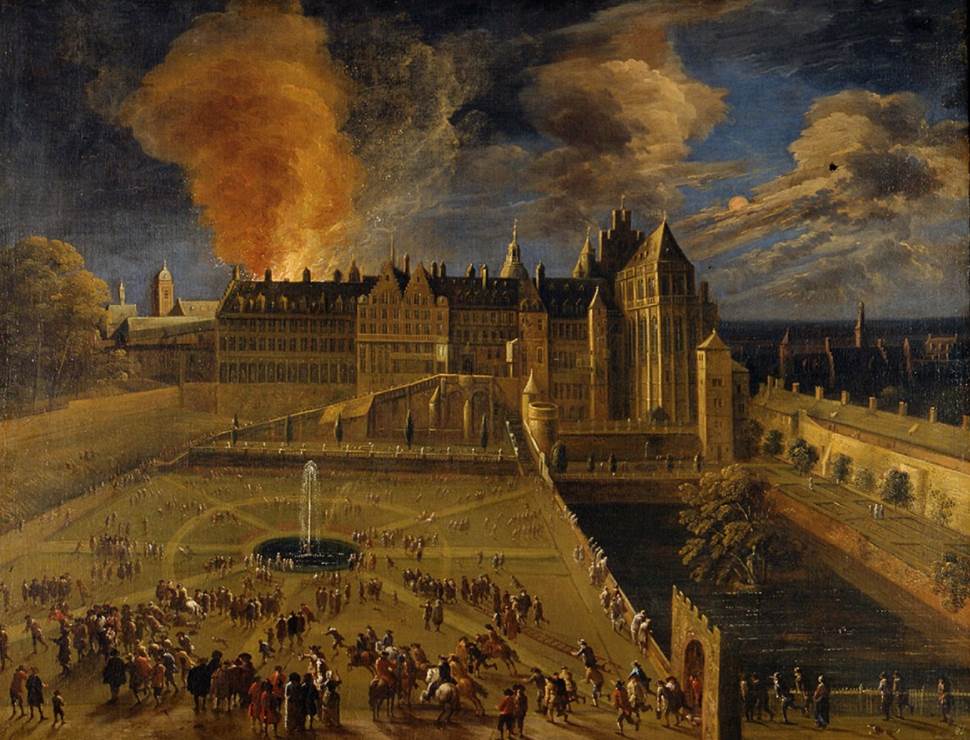
8. The two mansions that were joined together were constructed around the same time as the Palace of the State. This Neoclassical building was constructed between 1779 to 1783.
9. After the gallery that turned the two mansions into the palace was completed, a Neoclassical façade was constructed in front of it. This façade featured a peristyle in the middle and a balcony featuring a wrought-iron parapet that ran all across the first floor.
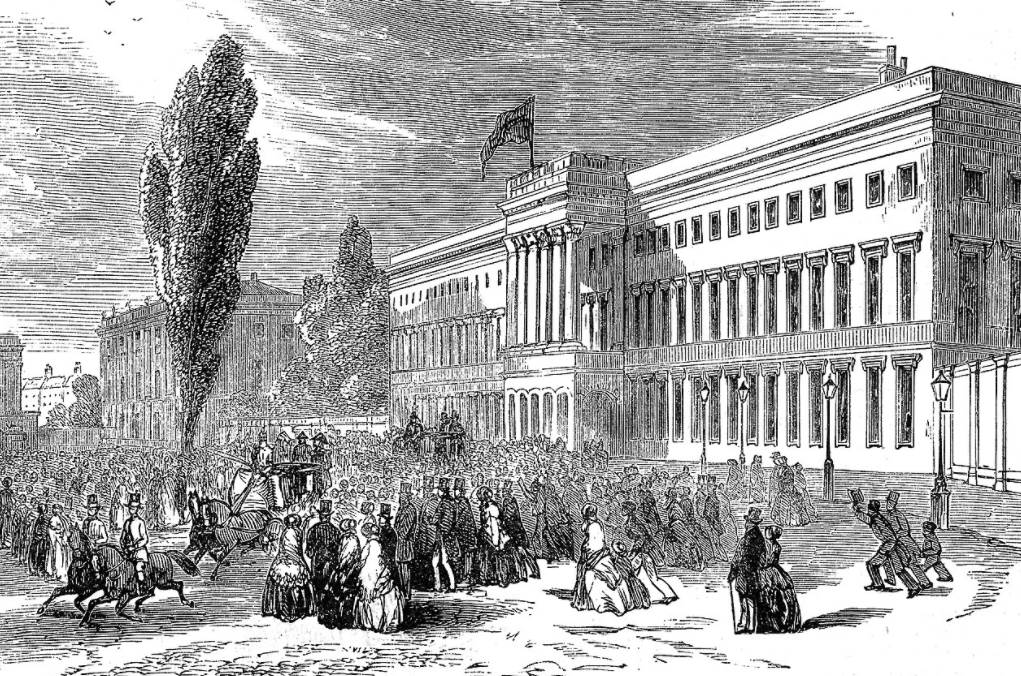
10. Despite having a façade length that is double that of the façade length of Buckingham Palace in London, it features less than half the floor space.
The palace in London has a floor space of 77,000 square meters (830,000 square feet) compared to just 33,027 square meters (355,500 square feet) of the palace in Brussels.
11. The palace houses an extensive part of the Royal Collection. Most of the artworks are state portraits and it’s also home to furniture used by Napoleon Bonaparte, Leopold I, Louis Philippe I, and Leopold II.
12. The pediment above the main entrance of the palace features a sculptural relief that depicts an allegorical representation of Belgium. This figure is flanked by sculptural reliefs that represent Industry and Agriculture.
